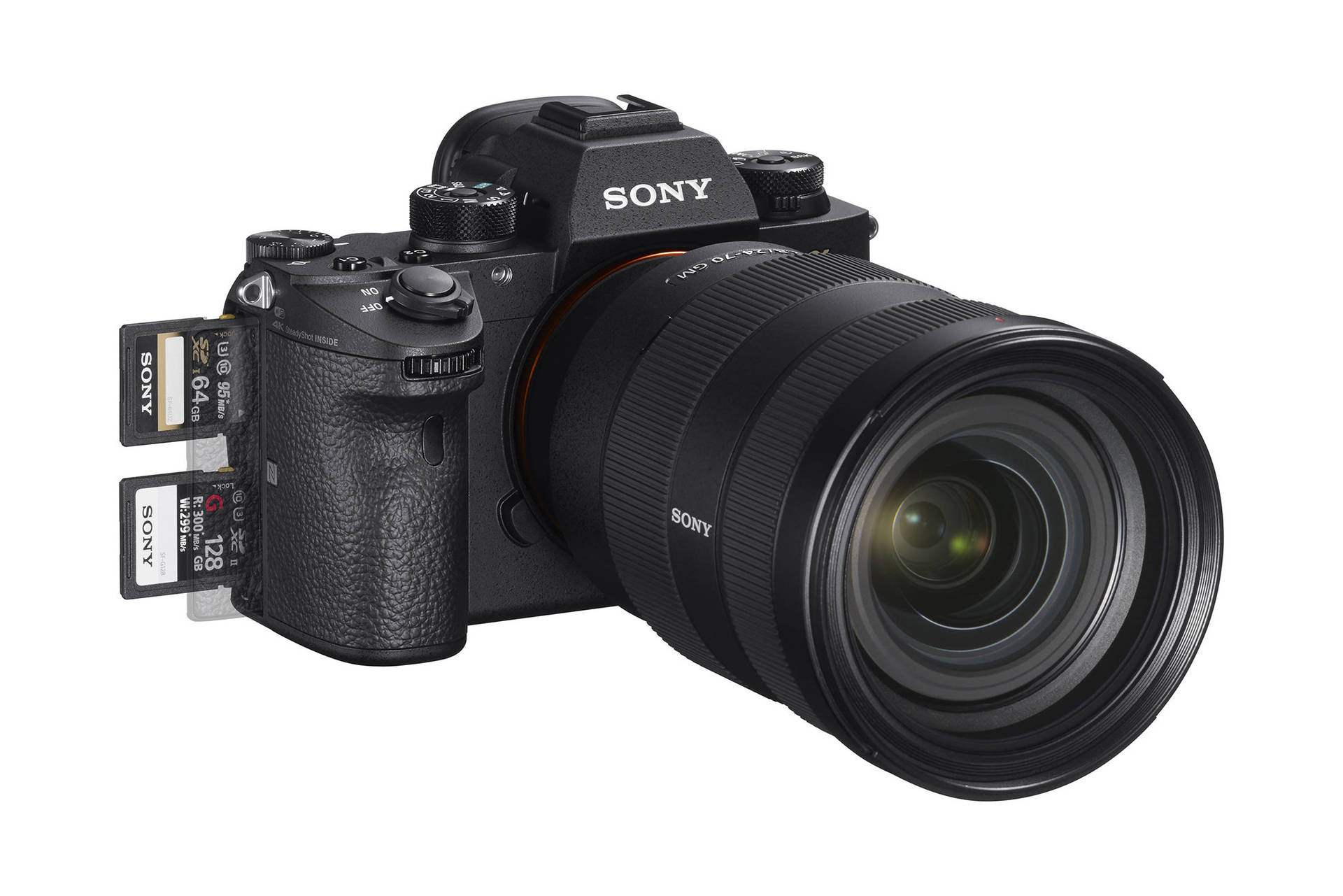

(Image credit: Digital Camera World) Lab tests The Sony A7's electronic viewfinder has a resolution of 2.4 million dots – not as high as the latest cameras, but actually not bad. There’s a lot more menu navigation and function assignment here. The Sony A7 does not offer the separate, dedicated settings buttons on its body that you may be used to from other cameras. If you don’t like customising your cameras, this could prove annoying. A quick menu, reached by tapping the function button and useful for accessing commonly used settings, is also fully customisable to the way you like to work.

It doesn’t stop there, though: you can also change the function of almost every other button on the camera if you like. The A7 is no different in this respect, with three buttons labelled as ‘C’ for customisable.

One of the best things about Sony cameras is the amount of customisation on offer.
#SONY FULL FRAME MANUAL#
If you’re shooting in fully manual mode, you use the front dial for aperture, and the rear one for shutter speed. On the back of the camera where your thumb would naturally sit is a second scrolling dial, which can also be used to change these settings. Just above the handgrip is a scrolling dial, which can be used for making changes to settings such as aperture or shutter speed, depending on the mode you’re shooting in. There’s also space here for up to two groups of customisable settings – useful if you often find yourself shooting in a particular type of condition, such as low light. On top of the camera is a mode dial for switching between the various exposure modes on offer, including aperture priority and shutter priority. We’d recommend the Sony 28-70mm f/3.5-5.6 kit lens if you’re a first time Sony full frame camera buyer – it doesn’t add much to the price, it will get you started straight away and you can always buy better lenses later.Īn adaptor for Sony’s A-mount lenses is available separately, so it’s easy enough to do a ‘sidegrade’ if you have a Sony Alpha SLT camera system that you want to swap out of. You can buy it body-only, with a Sony 28-70mm kit lens (effective, but don’t expect too much) or, at some retailers, with a 50mm f/1.8 prime lens. The electronic viewfinder has a resolution of 2.4 million dots, which is not as high as some today, but not bad nonetheless.īeyond that, there’s not much to say about the A7, which is a basic but effective camera for enthusiasts and experts. It’s not touch-sensitive and it can’t flip round for front-facing selfies or vlogging. There’s a single SD/SDHC/SDXC card slot, and a modest-sized 3-inch tilting screen on the back. It’s maximum 5fps continuous shooting speed is pedestrian enough, but if you want continuous AF, it drops to 2.5fps. This isn’t a camera you’d buy for sports photography, either. There’s no 4K video, but the A7 was launched at a time when video in cameras was in its infancy and 4K had yet to appear in the mass market. The resolution of the 24-megapixel sensor is pretty run of the mill by today’s standards, but it’s enough for most users and the larger photosites allow a good balance in all-round image quality. It doesn’t have the in-body SteadyShot INSIDE system introduced in the Mark II versions, but many Sony FE mount lenses are stabilised, and there are such things as tripods – and with the money you save on this camera, you can afford a decent one. Some of the biggest advances in Sony cameras have been in the autofocus system, but even its first full frame mirrorless A7 has a hybrid phase/contrast-detection autofocus system. (Image credit: Digital Camera World) Key features


 0 kommentar(er)
0 kommentar(er)
